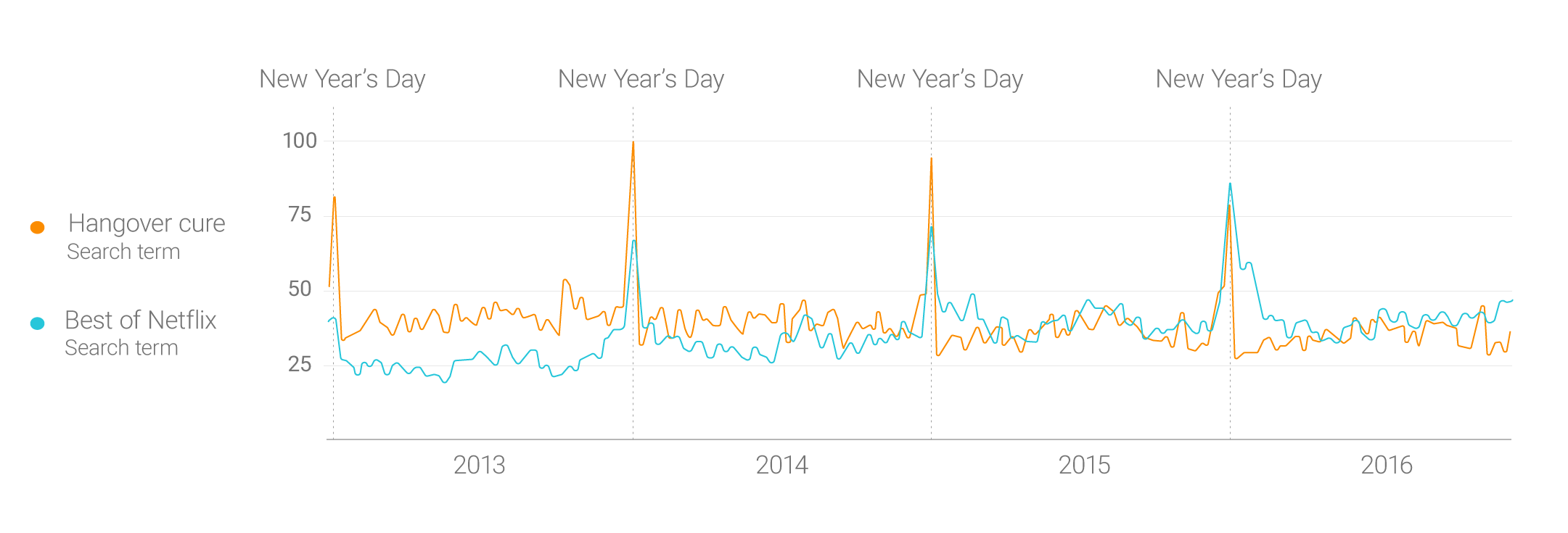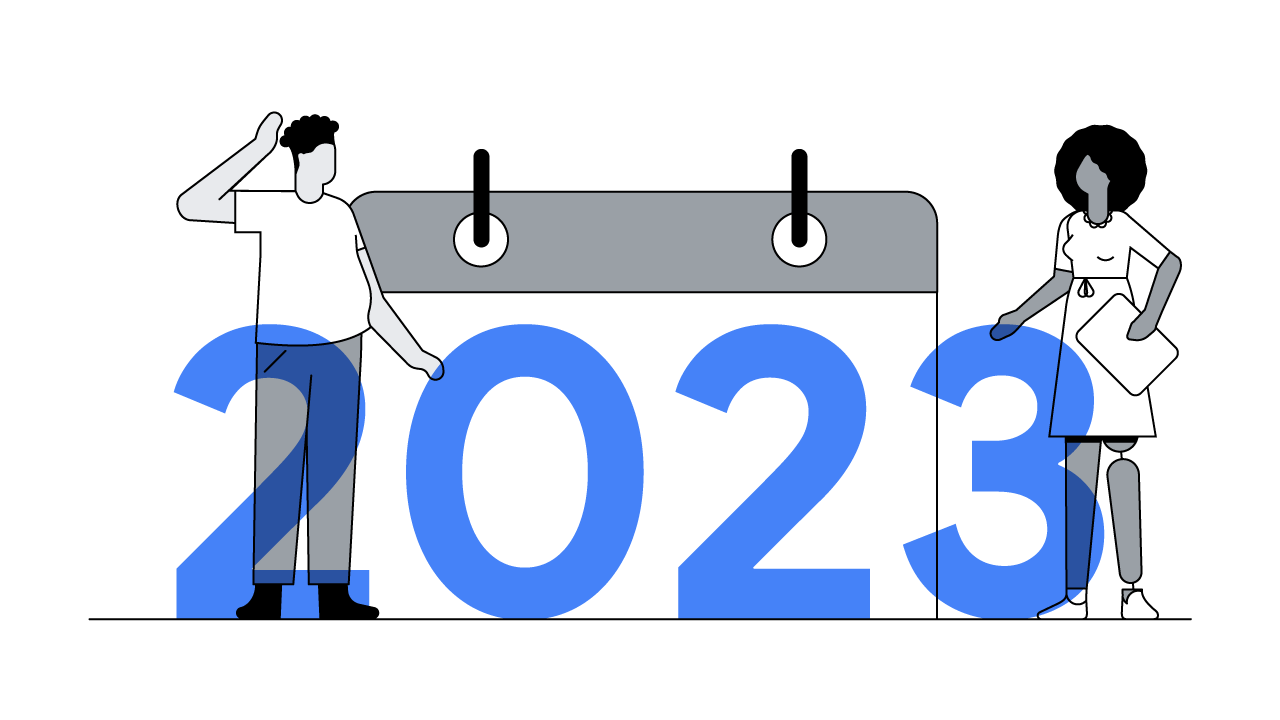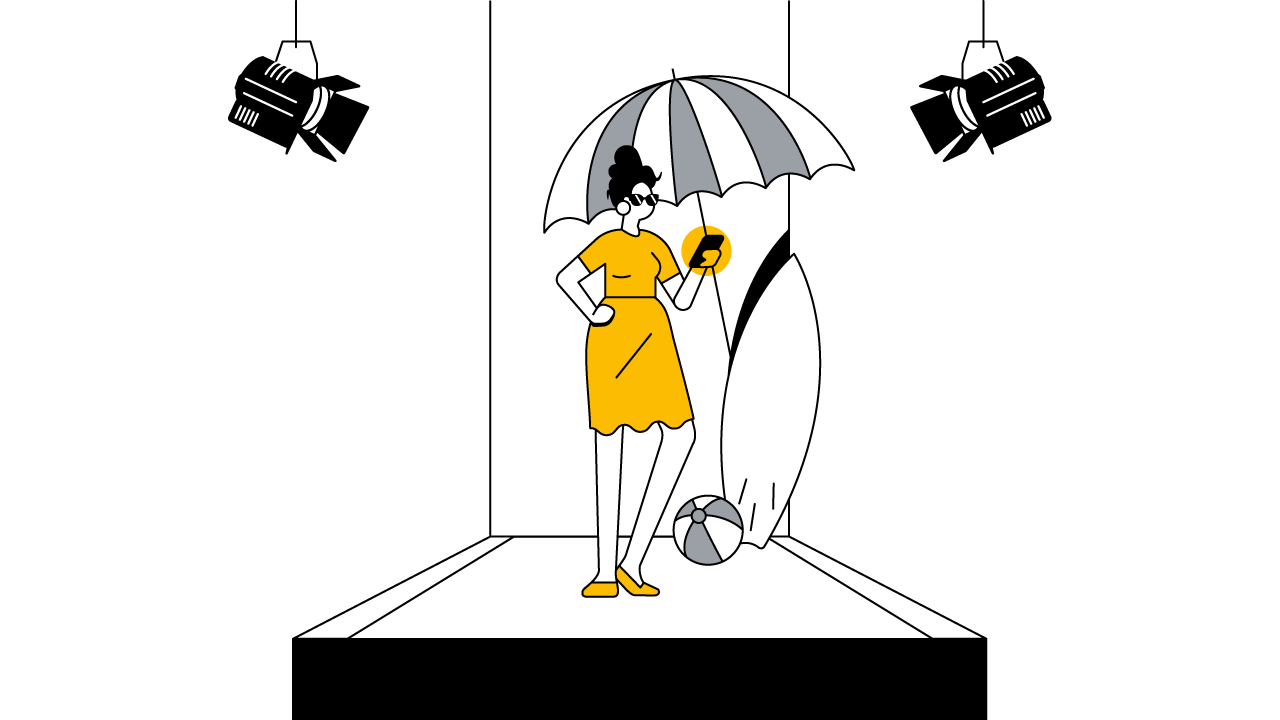With so much new technology and data, there has never been a more exciting time to be in advertising. But with all of these possibilities, how do we know that we’re making the right creative decisions to reach users? Lars Bastholm, Chief Creative Officer of Pegasus at Google, shares his thoughts.
Today, anything is possible.
When I think of today’s advertising landscape, I imagine a kid surrounded by piles of LEGO. The floor is scattered with blocks – a cavalcade of shapes and colours and opportunities. Anything is possible.
As advertisers, we’re in a similar position. We’ve got countless tools, channels, and touch points to help us connect with users. It’s up to us how creative we want to be. With so many options, however, it’s easy to feel overwhelmed. But by using these three simple guidelines, we can focus our efforts and start building for a new era of brand growth.
1: Collaborate
Marketing is more complex today than it has ever been, and it’s almost impossible for one brand or agency to do every single part of a campaign. We need to join forces if we’re going to produce exceptional work that will engage and excite users.
Entries in global advertising awards with three or more credited agencies have a 42% higher win rate.
Ten or 15 years ago, campaigns didn’t involve as many moving parts as they do now. These days, there are so many more touch points to consider and channels to fulfil, that working collaboratively is the only way that makes sense if you want to create world-class work. In fact, if we look at global advertising awards, individual entries with three or more credited agencies have a 42% higher win rate than average.1
Before starting Pegasus, a Google team that partners with brands to drive business innovation, I was the Global Chief Creative Officer of the ZOO, a team within Google that helps brands and agencies creatively and effectively use Google's platforms, technologies and data. As a team, our focus was on fostering collaboration. When we work together, we have more space to dream and play. We can harness the power of many minds and areas of expertise, and produce something greater than the sum of its parts. An example is our work with Disney’s “Pete’s Dragon”. We partnered with our Cloud Vision API team to create a magical mobile-web AR experience, allowing users to find Elliott the Dragon in their homes and neighbourhoods.
This is the age of collaboration, and it’s the brands and agencies working together that are going to make the biggest splash, and reap the greatest rewards.
2: Get creative with new technologies
“Art challenges technology, and technology inspires art.” These are the words of the great John Lasseter, Chief Creative Officer at Pixar. It’s a quote I’m constantly repeating, because artistry and technology are the backbone of modern advertising.
Today’s technology offers us so many new tools to experiment with, and experiences to discover. At the ZOO, I worked with brands and agencies to bend, break and play with the tech and data that was available to us. My experiences there showed me that experimentation is the key to unlocking the potential of technology for advertising.
Experimentation has played a key role in two exciting recent products from Google: Google Home, a voice-activated speaker, and Daydream, which provides a rich and immersive virtual reality user-experience.
I encourage brands and agencies to think outside the box and to question the limits of what’s possible.
When looking at the potential of new technologies like these, I encourage brands and agencies to think outside the box and to question the limits of what’s possible: How will having machine learning and evolving AI change us? What can we do with virtual assistants? What are the limits to virtual reality? How can brands get involved?
As we unlock the opportunities of new technologies and incorporate them into our advertising toolbox, we can begin to explore and create new, captivating user experiences.
3: Focus on the user
With all this new technology and data at our fingertips, it’s easy to feel overwhelmed and like we’re losing our way. So, while we’re developing and experimenting, we always need to keep the user top-of-mind. While that may sound practically impossible in this rapidly changing landscape, I’ll let you in on a secret: technology will never stop evolving, but fundamentally people really don’t change.
Of course we want more experiences, more devices, and more touch points – but in the end, our needs are the same. Maslow’s hierarchy is still in place. We still want food, shelter and water – and sure, internet access might be a part of that hierarchy now. But we bend technology to suit our basic human needs.
Want some proof? If we look at Google Trends data over the last few years, there’s an almost perfect correlation between “Hangover Cure” and “Best of Netflix” – which spikes on 1 January every year.

Three guidelines to help unlock the future of advertising
Collaborate: In our complicated and constantly changing world, there are too many touch points for just one agency or brand to create world-class work. Collaboration is the key to bigger and better campaigns.
Experiment: Play with data and technology. Test out new tools and methods to unlock their potential for your brand.
Focus: A successful strategy places the user first. Though technology is constantly changing, the basic needs of our users remain the same.






